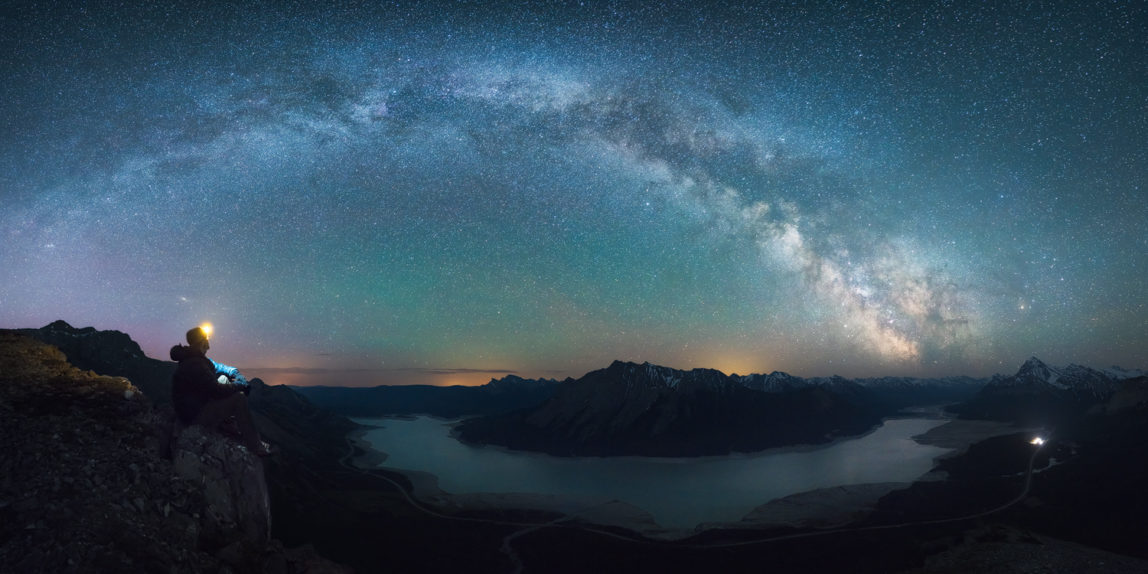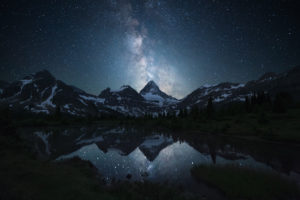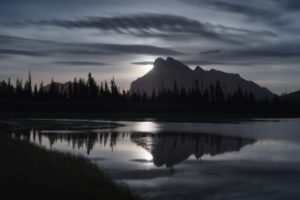Seeing colors at night is very difficult but why is that?!
“Light from the sun or from any hot source is called white light. But, as Newton was the first to show, white light is really a mixture of light of all colors.
Most of the colors we see in our surroundings are not of a single wavelength, but are mixtures of many wavelengths. When white light falls on an object, some wavelengths are reflected, and the rest are absorbed by the material. A piece of red cloth, for example, absorbs almost all wavelengths, except a certain range of red ones. these are the only ones that are reflected to your eye, so you see the cloth as red.
So color is a quality of light. It does not exist apart from light. All our color sensations are caused by light rays entering our eyes. All objects are seen by reflected light, and the colors that they show exist in the light and not in the object.”
– Arkady Leokum, ‘The Big Book of Tell me Why’
That helps explain why colors are not present or subdued at night! (& also why our lakes are so blue here in The Canadian Rockies). Luckily our cameras pick up light and color much better than our eyes do at night and there is often a surprise in store with every check of your LCD screen. When looking ahead to your resulting photographs the implication of this information is largely applied in the post-processing of your image.
Processing night photos gives you a certain latitude to interpret the scene as your camera does or as your eyes do (and everywhere in between). Its also common to see photographs processed beyond what the camera sees too. It’s totally up to you and your vision for your photos taken at night.
A couple of personal tips for processing colors in night photography;
- Be careful adding too much of a color cast – blues and purples especially take an image very quickly into the realm of the unrealistic – try to at least emulate what the eye sees when it comes to color at night (with the exception of aurora photography in which case I like to go with what I see on my camera!). Longer term I think you will be happy you did – I know I have a lot of night images I would treat differently now due to having introduced too heavy of a color cast in the past. Aim for shades of black in the sky and experiment with de saturated colors in the landscape if you are working with just the natural starlight/moonlight in the scene.
- Be careful adding too much contrast – it introduces saturation to the colors present and makes it hard for your viewers eye to flow through the scene like your own eye would once it has become accustomed to the darkness out in the field. It’s another way to help you keep it natural.
Like any tips or rules these are both easily broken and thrown out the window. One of the beauties of night photography is its more suited to open interpretation just like black and white photography. Artistic license is all yours and as long as you are out there creating that’s all that really matters!
If you would like to hear more about my process, receive more tips, or hear about photography adventures in The Canadian Rocky Mountains sign up to be on the mailing list below.
For a portfolio of my night photography visit my ‘night skies’ gallery here and also take a look at how to photograph a lunar eclipse for more night photography inspiration!


